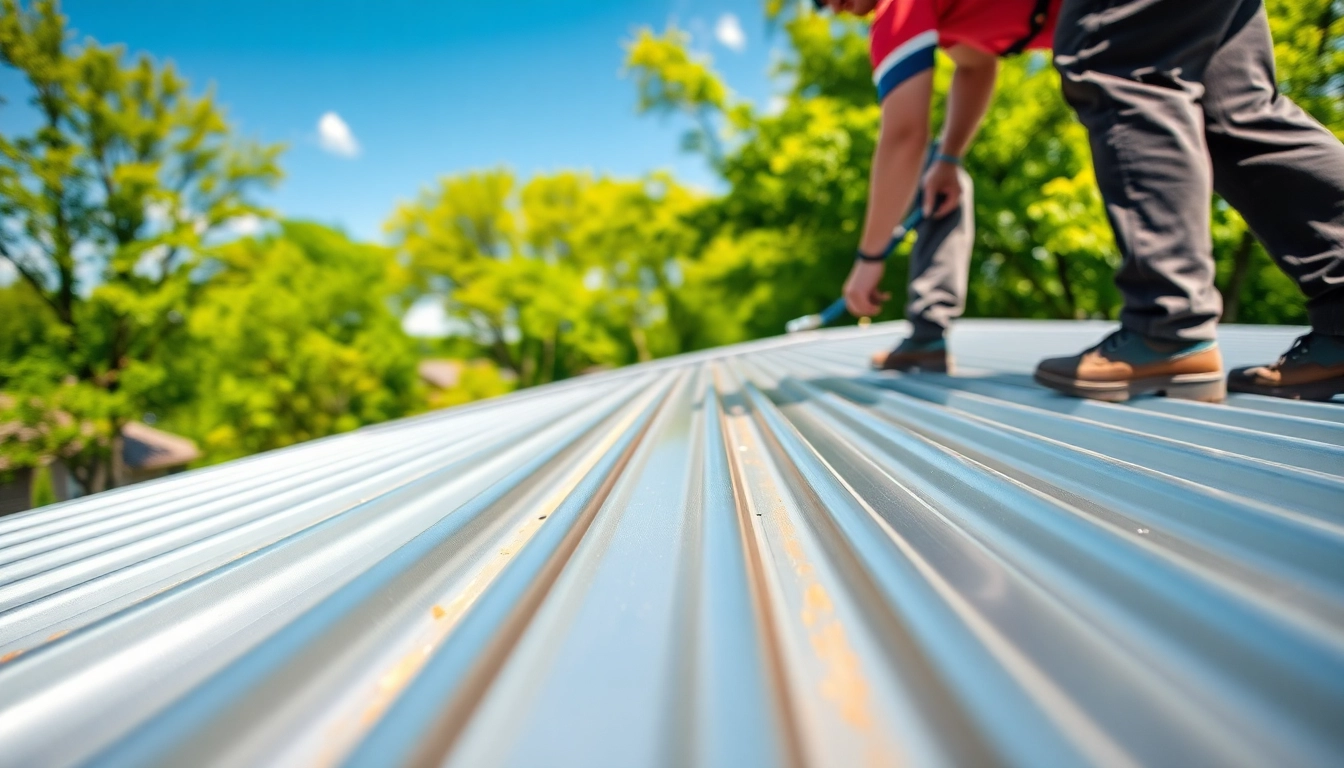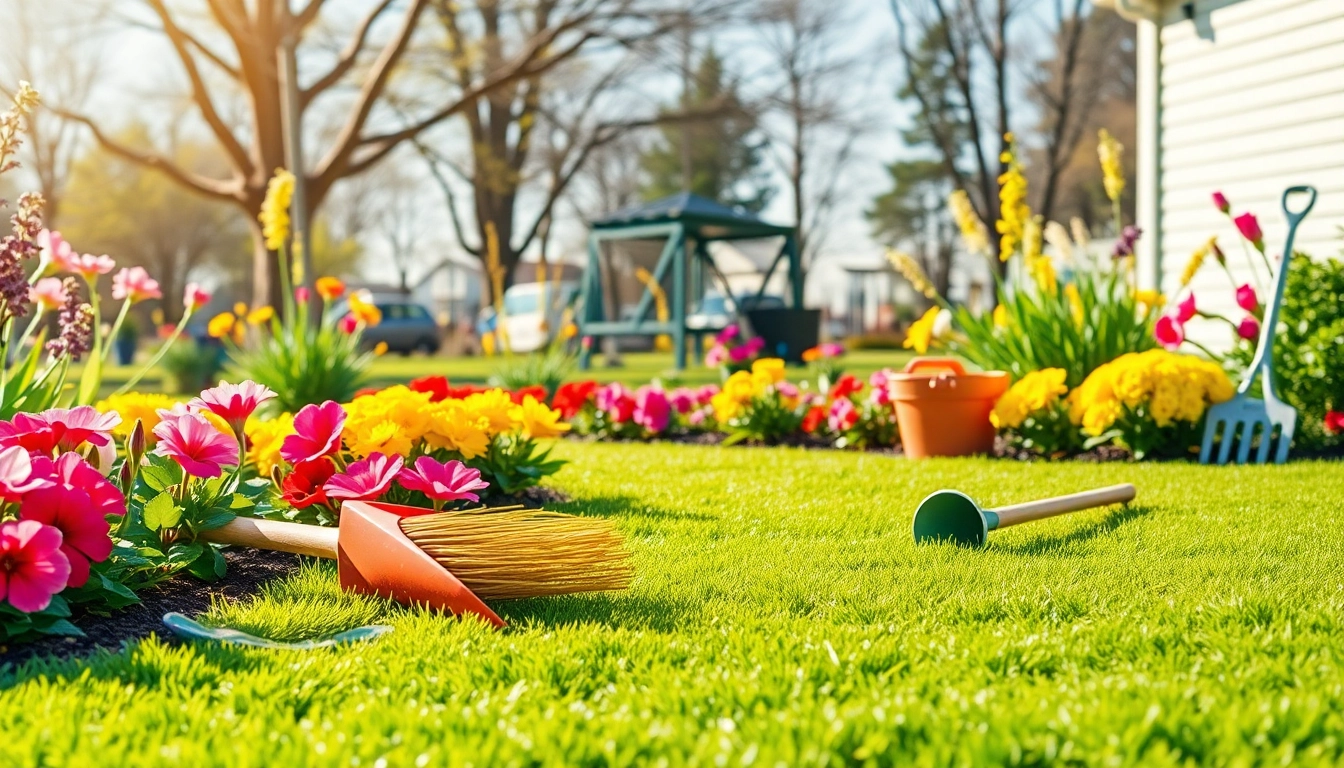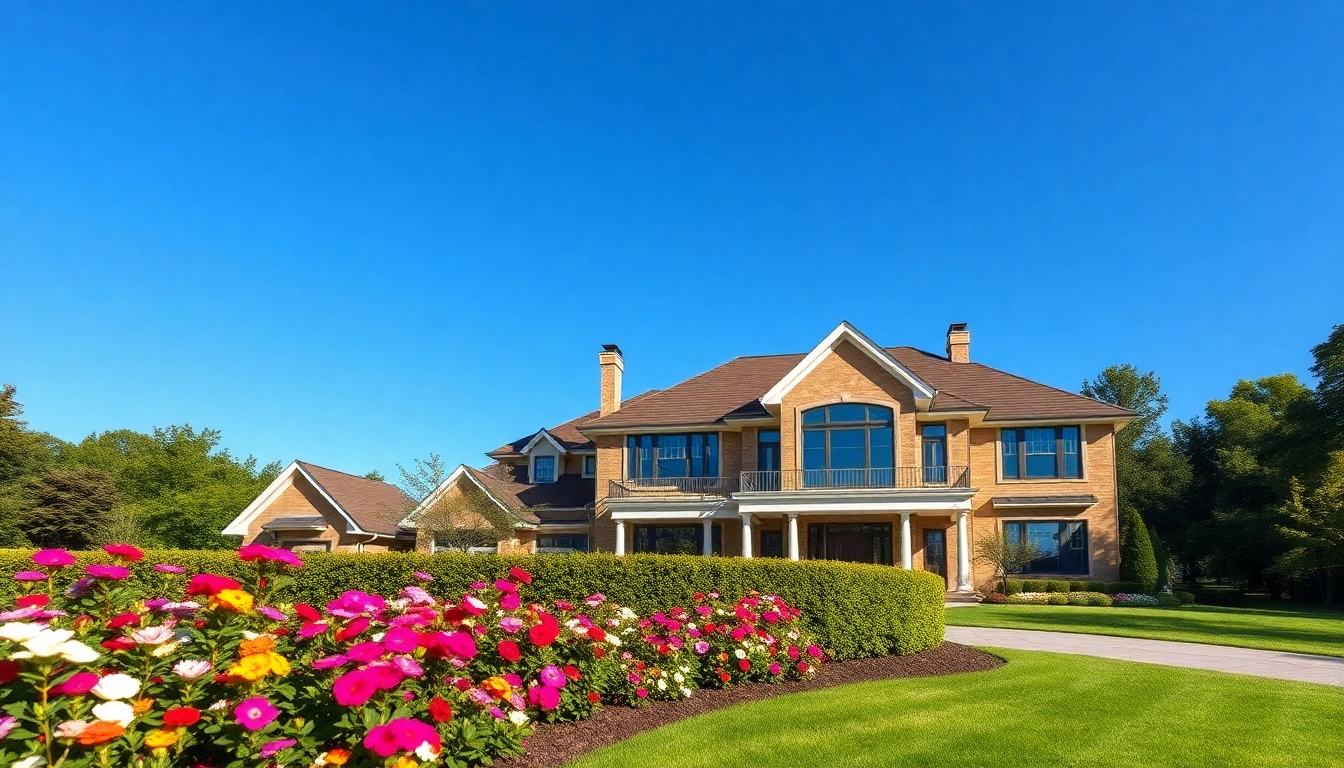1. Understanding Residential Metal Roofing
1.1 What is Residential Metal Roofing?
Residential metal roofing refers to roofing systems predominantly made from metal, designed specifically for residential applications. Unlike traditional roofing materials such as asphalt shingles or clay tiles, metal roofs are favored for their longevity, energy efficiency, and ability to withstand harsh weather conditions. These roofs can be composed of various metals, including steel, aluminum, copper, and zinc, each offering unique aesthetic and functional benefits.
1.2 Types of Residential Metal Roofs
There are several types of metal roofing systems available for residential properties, each designed to meet different needs and preferences:
- Standing Seam Metal Roofs: Characterized by vertical seams that interlock, this type provides excellent waterproofing and is highly durable.
- Corrugated Metal Roofs: Typically made from galvanized steel, these roofs are lightweight and cost-effective, ideal for rural or industrial-style homes.
- Metal Shingles: Mimicking traditional shingles, these systems offer the aesthetic appeal of shingles with the durability of metal.
- Tile-Style Metal Roofs: These roofs imitate the look of clay or slate tiles but are much lighter and more energy-efficient.
1.3 Benefits Over Traditional Roofing
Choosing a residential metal roofing solution offers numerous advantages over traditional roofing materials:
- Durability: Metal roofs are highly resistant to extreme weather conditions, including wind, rain, and hail, often outlasting conventional materials.
- Energy Efficiency: Reflective metal surfaces can significantly reduce cooling costs in hot climates, contributing to lower energy bills.
- Environmental Sustainability: Many metal roofing materials are made from recycled content and are 100% recyclable at the end of their lifespan.
- Enhanced Curb Appeal: Metal roofs are available in a wide variety of colors and styles, allowing homeowners to create a customized look that enhances the home’s exterior.
2. Key Features of Metal Roofing Systems
2.1 Durability and Longevity
One of the standout features of metal roofing is its durability. With proper installation and maintenance, metal roofs can last anywhere from 40 to 70 years, significantly outstripping the typical lifespan of asphalt shingles, which range from 15 to 30 years. The resilience of metal roofs against corrosion, moss, and algae growth makes them especially appealing in various climates.
2.2 Energy Efficiency and Cost Savings
Energy efficiency is another critical feature of metal roofing systems. Their reflective properties help minimize heat absorption, leading to consistent indoor temperatures and decreased reliance on HVAC systems. This energy efficiency translates into substantial cost savings over time due to reduced energy bills.
2.3 Aesthetic Options for Homeowners
Metal roofs come in a vast array of designs, colors, and finishes. Homeowners can choose from sleek contemporary styles to rustic, traditional looks, providing a wide array of aesthetic possibilities. Advances in metal roofing technology also allow for the replication of traditional roofing materials like slate or wood shakes, enhancing their appeal further.
3. Installation Process of Residential Metal Roofing
3.1 Preparation and Planning
Proper preparation is crucial to a successful metal roofing installation. Homeowners should begin by selecting the right type of metal roofing that complements their home’s architecture. It is vital to assess the existing roof structure, check for any necessary repairs, and ensure that local building codes are accounted for. Engaging with a professional roofing contractor with experience in metal systems can streamline this initial stage.
3.2 Step-by-Step Installation Guide
The installation process for residential metal roofing generally follows these steps:
- Remove Existing Roofing: If replacing an old roof, the existing material must be thoroughly removed.
- Inspect and Prepare the Roof Deck: Repair any damaged areas on the roof deck before laying down underlayment.
- Install Underlayment: An underlayment acts as a moisture barrier, helping to protect against leaks.
- Layout the Panels: Begin at the edge of the roof and lay the metal panels according to the manufacturer’s guidelines.
- Secure the Panels: Use screws to fasten the panels to the roof deck, ensuring that they are tightly sealed to prevent wind uplift.
- Install Flashing: Proper flashing is critical for roof valleys, chimneys, and other transitions to ensure water is channeled correctly.
- Final Inspection: After installation, conduct a thorough inspection to ensure everything is installed correctly.
3.3 Common Challenges and Solutions
While installing metal roofing can seem straightforward, several challenges may arise:
- Weather Conditions: Uneven weather can delay installation. Schedule work for periods of dry weather.
- Thermal Expansion: Metal expands with heat. Use appropriate fastening techniques to accommodate movement.
- Safety Concerns: Slippery surfaces during install pose risks. Utilize safety harnesses and scaffolding where necessary.
4. Cost Considerations for Residential Metal Roofing
4.1 Average Costs Breakdown
The cost of residential metal roofing varies widely depending on the type of metal, design complexity, and labor charges. On average, homeowners can expect to pay between $5.00 and $12.00 per square foot. Additional factors like geographic location and accessibility can also influence pricing.
4.2 Financing Options and Incentives
Many homeowners explore financing options when investing in metal roofing. Several local or state incentives may exist for homeowners deciding to install energy-efficient materials. Consulting with roofing contractors and financial advisors can help in navigating these options.
4.3 ROI and Value Assessment
Investing in a metal roof can significantly improve property values. Studies have shown that homes equipped with metal roofs can recoup a significant portion of the initial investment upon sale, often increasing resale value by 60% or more. Additionally, the energy savings achieved over time contributes to the overall return on investment.
5. Maintenance and Care for Metal Roofs
5.1 Routine Inspections and Upkeep
Regular inspections are vital to identify potential issues before they become serious problems. Homeowners should perform annual inspections, checking for signs of rust, loose connections, and debris accumulation. Cleaning gutters and downspouts can also help maintain proper drainage.
5.2 Repairing Damage and Wear
Should damage occur, prompt repairs are critical. Minor issues, like small dents or paint blemishes, can often be addressed without professional help. However, significant damage may require professional intervention to ensure the integrity of the roof remains intact.
5.3 Enhancing Longevity Through Proper Care
Taking proactive steps to care for a metal roof can substantially enhance its lifespan. Regular cleaning, ensuring tree branches are trimmed away, and addressing minor repairs promptly are all essential practices. Utilizing a high-quality protective coating can also help prevent corrosion and weathering, further extending the roof’s life.



